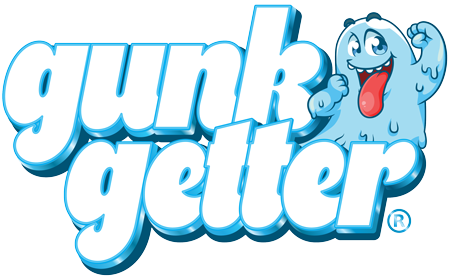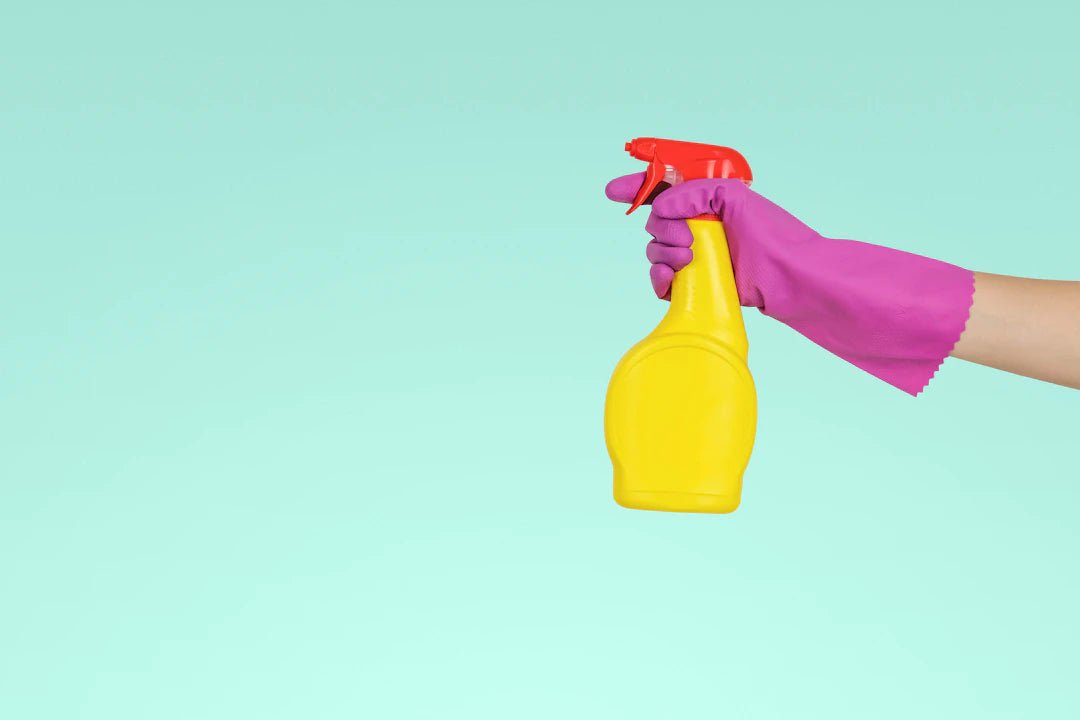Frequently Asked Questions
1. What common cleaning myth suggests that using multiple products is better?
2. Is vinegar a universal cleaning solution?
3. Can baking soda clean everything?
4. Should dusting only be done with a dry cloth?
5. Is it necessary to clean cleaning tools?
Cleaning is a necessary part of maintaining a healthy and organized living space. However, many of us have fallen victim to common cleaning myths that can hinder our efforts. With so much information available online, it can be challenging to distinguish fact from fiction when it comes to cleaning. That's why we've compiled a list of widely believed cleaning myths and debunked them to unveil what truly works. Whether you’re looking to make the most of your home cleaning bundle or just curious about effective cleaning methods, read on to uncover the truth!
Myth 1: More Cleaning Products Means a Cleaner Home
One of the most prevalent myths is the belief that using multiple cleaning products simultaneously will yield better results. This misconception often leads to an unnecessarily cluttered cleaning cabinet and an increased risk of chemical reactions. The truth is, using a quality home cleaning bundle that contains all the essential items you need is often more effective than mixing several different products.
Why Less is More
When you use multiple products, you might reduce efficiency rather than enhance it. Often, the ingredients in these various products may counteract each other, making them less effective at cleaning. Instead, opt for a reliable home cleaning bundle that covers all bases—like an all-purpose cleaner, a surface disinfectant, and a good microfiber cloth.
Myth 2: Vinegar is a Cure-All Cleaning Solution
Vinegar is often hailed as the ultimate natural cleaning solution, but its effectiveness isn’t universal. While it can work wonders on certain surfaces, it’s not a miracle worker for all cleaning needs. For instance, vinegar should never be used on granite or marble, as its acidic nature can damage the stone.
Understanding Vinegar's Limitations
It’s essential to understand what vinegar is best used for. This can include:
- Unclogging drains and removing mineral deposits.
- Removing odors from fabric.
- Cutting through grime in kitchens and bathrooms.
However, consider incorporating other elements from your home cleaning bundle for optimal results, especially for surfaces that vinegar may harm.
Myth 3: Baking Soda Can Clean Anything
Baking soda is often regarded as a universal cleaning agent, but it has its limits too. While it effectively tackles odors and can act as a gentle abrasive cleaner, there are several instances where it’s not suitable for use.
When to Choose Alternative Solutions
For thicker grime or tough stains, relying solely on baking soda may be inefficient. Consider pairing it with other items in your home cleaning bundle, such as liquid soap or hydrogen peroxide, to enhance its effectiveness. Remember, the key is to know when to use what product.
Myth 4: Dusting Should Only Be Done with a Dry Cloth
Many people believe that dusting with a dry cloth is the best way to remove dust. However, a dry cloth merely moves dust around, allowing it to settle back onto surfaces. Using a damp cloth or a microfiber cloth is significantly more effective.
The Benefits of Moisture
A damp microfiber cloth captures dirt and dust more effectively than a dry cloth, reducing allergens in your home and preventing them from re-entering the air. Incorporating this method into your home cleaning routine could significantly improve air quality.
Myth 5: Hot Water Kills All Germs
While hot water can be effective in loosening grime, the assumption that it kills all germs is misleading. Many bacteria and viruses can survive even high temperatures, especially if they’re not exposed long enough.
Opt for Disinfectants
To ensure thorough sanitizing, use appropriate disinfectants from your home cleaning bundle after hot water cleaning. Remember, it’s the combination of heat, time, and the right cleaning agent that provides optimal sanitation.
Myth 6: It's Best to Clean from the Bottom Up
An often repeated adage is to clean from the bottom up. But this isn't entirely accurate. Dust and particles may fall onto lower surfaces as you clean higher ones, defeating the purpose of a clean space.
A Smarter Approach
Start cleaning high surfaces first and work your way down. This method ensures that all debris falls to the lower surfaces, which can then be tackled in one fell swoop. This practice could save you time and effort during your deep cleaning sessions.
Myth 7: Essential Oils Are Sufficient for Disinfecting
Essential oils may provide a pleasant scent, but they are not effective disinfectants. Many people mistakenly believe that oils like tea tree or lavender can replace chemical disinfectants, but this is simply not true.
Complementing Your Cleaning Routine
While essential oils can enhance your cleaning routine with pleasant scents, they should not be relied upon as the sole disinfectant. Use them in conjunction with proper disinfectants from your home cleaning bundle for a more comprehensive cleaning strategy.
Myth 8: Stains Must Be Cleaned Immediately
While it's true that fresh stains often clean up more easily, the urge to rush to a stain right after it occurs can sometimes lead to mistakes. Certain stain treatments require a specific application method to be effective.
Patience is a Virtue
Some stains benefit from a methodical approach and should be treated with the right cleaning solution. Instead of scrubbing immediately, experiment with blotting techniques and allow specific cleaning products to work their magic. This approach can be particularly important for more delicate fabrics or tough stains.
Myth 9: Bleach Is the Ultimate Cleaning Agent
Although bleach is a powerful disinfectant, it's not a one-size-fits-all solution. Overusing bleach can lead to potential health hazards and damage to certain surfaces.
Understanding When to Use Bleach
Use bleach judiciously, primarily in areas requiring heavy-duty disinfecting, such as bathrooms. Always follow the manufacturer's instructions, and consider alternatives in routine cleaning situations to preserve both surfaces and your health.
Myth 10: You Don't Need to Clean Your Cleaning Tools
Many people forget to clean the very tools they use for cleaning. This is a big mistake, as dirty cleaning tools can reintroduce dirt and bacteria back into your freshly cleaned surfaces.
Giving Your Tools Some Love
Make it a habit to clean your mops, brushes, vacuum filters, and cloths regularly. By incorporating this practice into your home cleaning routine, you ensure that your tools are working effectively, ultimately leading to a cleaner home.
Unlock the Ultimate Cleaning Strategy
Understanding the facts behind common cleaning myths is a crucial step to becoming an efficient cleaner. By incorporating the right techniques and products from your home cleaning bundle, you can elevate your cleaning game to new heights. Armed with this knowledge, you'll be well on your way to achieving a cleaner and healthier home.
Don’t let myths dictate your cleaning habits! Start prioritizing researched and proven methods for an efficient and enjoyable cleaning experience. With the right approach, you’ll find cleaning to be less of a chore and more of an achievable goal. Let’s break the myth cycle and embrace what truly works!
Visit the Shopify or Wix store of a fellow user by following this link to their store. Please note that this is a promotional link, and we are not responsible for the content of the linked store.


Share:
Perfecting Your Space: Tips for a Dust-Free Home
The Health Benefits of a Clean Home: Why It Matters